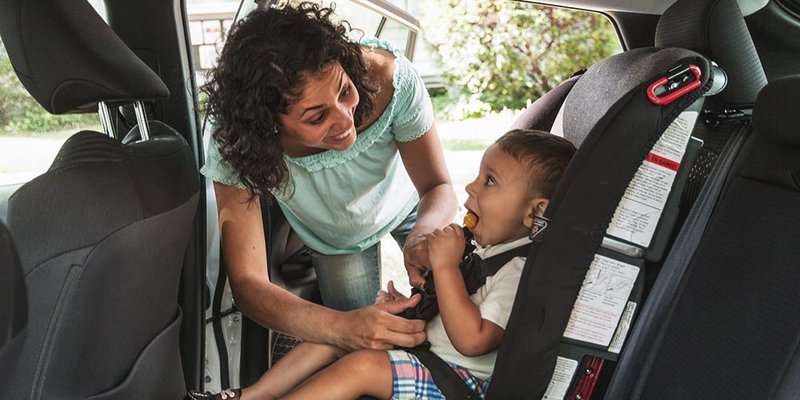Would you get into the back seat of a car without a driver? Ontario residents may soon see autonomous vehicles — the industry term for cars that drive themselves — on the road as part of ongoing research and development. The province is a world centre of innovative technology that goes into the making of self-driving cars. Invest Ontario reports that over 170 Ontario-based companies are teaching cars to think for themselves. In 2016, Ontario launched the first automated vehicle pilot program in Canada, and companies ranging from Blackberry to Uber are developing automobiles that eventually are intended to be able to drive safely on their own.
What Is the Current Rule for Autonomous (Self-Driving) Cars in Ontario?
On January 22, Ontario's Ministry of Transportation announced that cars for sale in the province operating at the Society of Automotive Engineers (SAE) Level 3 could be driven on Ontario roads and don't require a licensed pilot.
SAE Level 3 cars have some automated features but can't drive on their own. They require a human driver. The main change in regulations is taking semi-autonomous cars off restricted test tracks and allowing them to drive on ordinary streets and highways in the province.
What Will the New Proposed Rule for Self-Driving Cars in Ontario Allow?
Before the rule change, semi-autonomous cars required registered pilots as drivers. Now, Level 3 cars can be sold to the public in Ontario and ordinary licensed drivers can drive them. The cars covered by the ruling are not truly "self-driving." They incorporate driver assistance features and can perform functions on their own, like collision avoidance, lane-keeping, and automatic emergency braking.
What Autonomous Features Do Some Cars Currently Have?
Canadian provinces are using the international Society of Automotive Engineers (SAE) categories of autonomous cars. The SAE established their standards in 2014. Level 0 means the car has no driver assistance features.
Cruise control is a driver assistance feature, so cars that have adaptive cruise control qualify as Level 1 vehicles. Level 2 vehicles have at least two elements of advanced driver assistance (ADAS) features. ADAS features include automatic emergency braking, lane-keeping, and forward collision avoidance systems. Nissan's ProPilot Assist and Tesla Autopilot are Level 2 autonomous driving cars.
Level 3 cars are the next step in autonomous driving. The 2019 Audi A8 uses Traffic Jam Pilot technology. It can manage its own driving along open roads and freeways without a driver's hands on the wheel. This is the type of car that Ontario has given the "green light" for owners to drive on Ontario roads.
Although Toyota has tested Level 4 "high automation" cars and Google's Waymo Division is developing Level 5 totally automated cars, these technologies are still considered at least 10 to 15 years off.
As more and more people consider hitting the road in these innovative vehicles, it's important to note that in Ontario’s automated vehicle pilot, the vehicle owner is liable for at-fault collisions and participants must have $5 million in liability insurance.
Did you know that your car's cruise control qualified you for Level 1 autonomous vehicle? Whether you have a car with no automated features or several advanced driver assistance technologies, you can find an auto insurance quote using the Rates.ca comparison tool.







